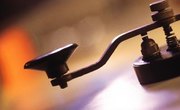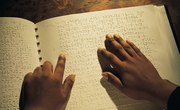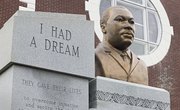Most people probably know Alexander Graham Bell as the man responsible for the invention of the telephone in March 1876. Bell's creativity, however, went well beyond recognizing that sound waves can travel over a wire. He invented many machines and devices over the course of his lifetime, from a farming machine invented during his teens to complex communications tools designed to help level the playing field between the deaf and hearing. Bell's interest in communications science was spurred by his grandfather’s and father’s careers in oration and elocution and was influenced by his mother, who was deaf.
Wheat Husker
Bell developed his first invention at age 14. The simple agricultural device served the purpose of removing wheat husks and involved a nail brush and paddle connected into a rotary-brushing wheel, which greatly reduced the time and labor required to husk wheat.
"Harmonic Telegraph"
Bell set about developing a “harmonic telegraph,” a telegraph capable of carrying sound, in the 1870s. Inspired by a mistranslated passage from a writing of German physicist Hermann Von Helmholtz, Bell believed the human voice could be carried over a wire. Bell worked with Thomas Watson on the invention, and their first major breakthrough came on June 2, 1875, when the pair managed to produce an audible “twang” noise that carried from the transmitting room to the receiving room. Their efforts eventually led to the filing for a patent for the telephone, on March 7, 1876; the first sentence wasn't spoken over a telephone line until three days later, on March 10.
Look Mom, No Wires
Bell’s photophone, invented in 1880, preceded Guglielmo Marconi’s radio by 16 years. It transmitted the human voice over wavelengths of light, thus serving as the world’s first wireless communication device.
Metal Detector
Bell developed a rudimentary precursor to the modern metal detector in 1881. He originally invented the device in order to find the bullet that assassinated President James Garfield. Although the bullet wasn’t removed in time to save the president’s life, the device gained wider use for many years before being replaced by modern X-ray technology.
Hydrofoil Boat
Inspired by Italian engineer Enrico Forlanini’s work with hydrofoil, Bell and the engineer Casey Baldwin designed a hydrofoil boat in 1919. It broke the speed records at the time by moving at speeds of 60 knots (about 70 miles per hour).
Related Articles
References
Writer Bio
John Leonard is a freelance writer living in Maryland. He has a Bachelor of Arts degree in English and has been writing Web content and travel blogs for over a year. He mainly writes travel articles for Trails or general articles for eHow.











